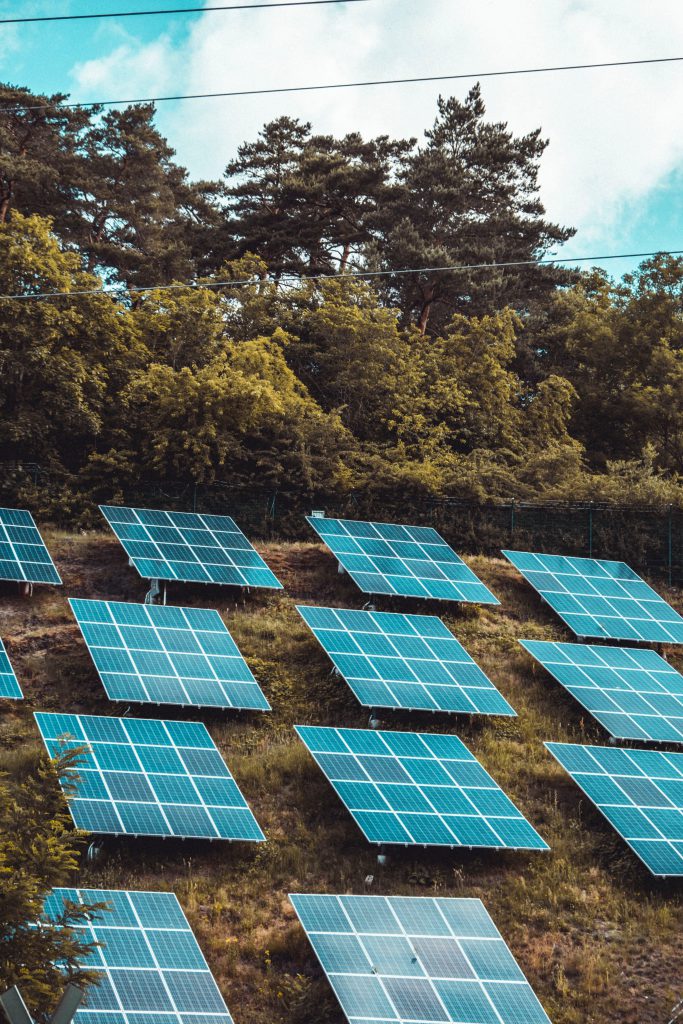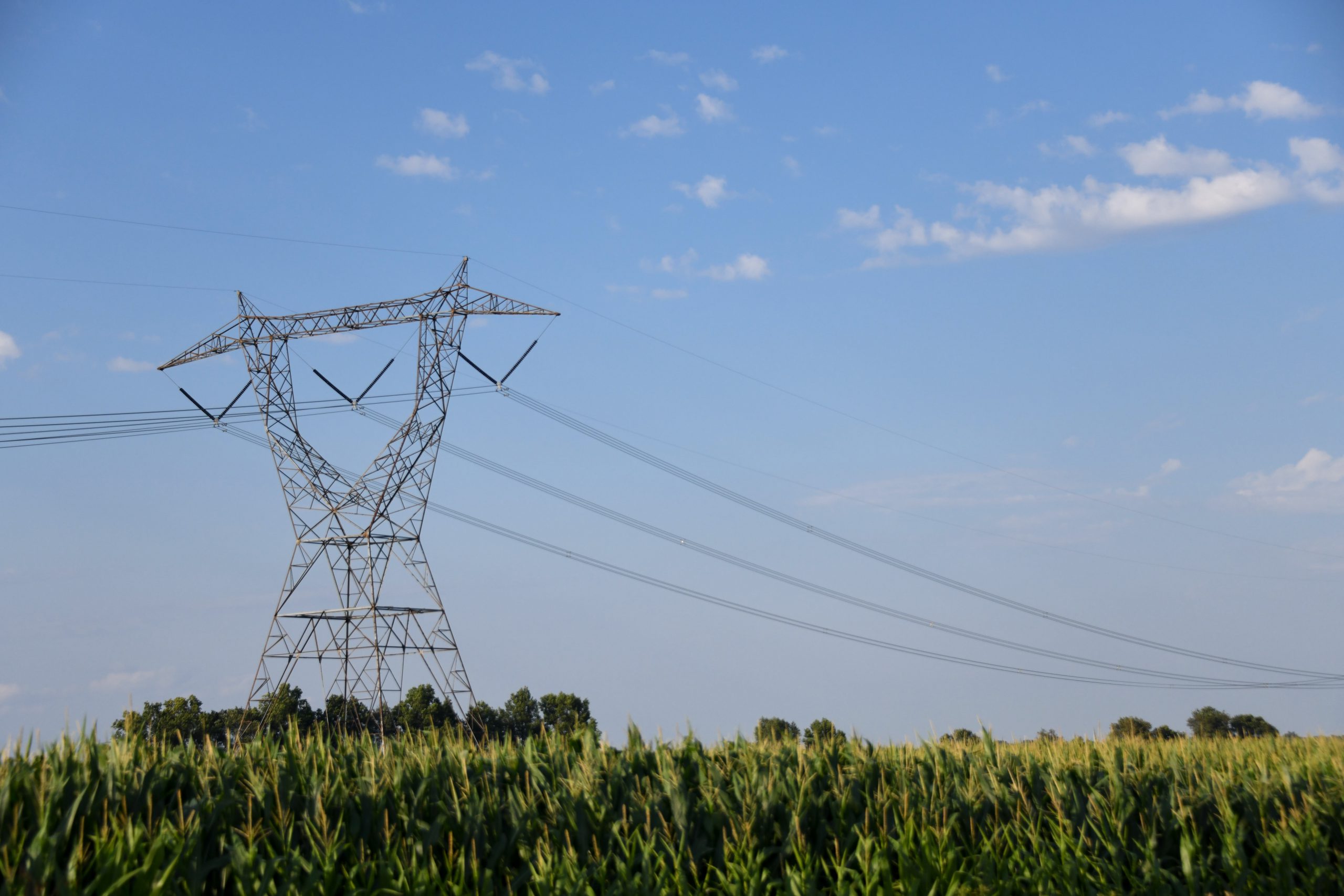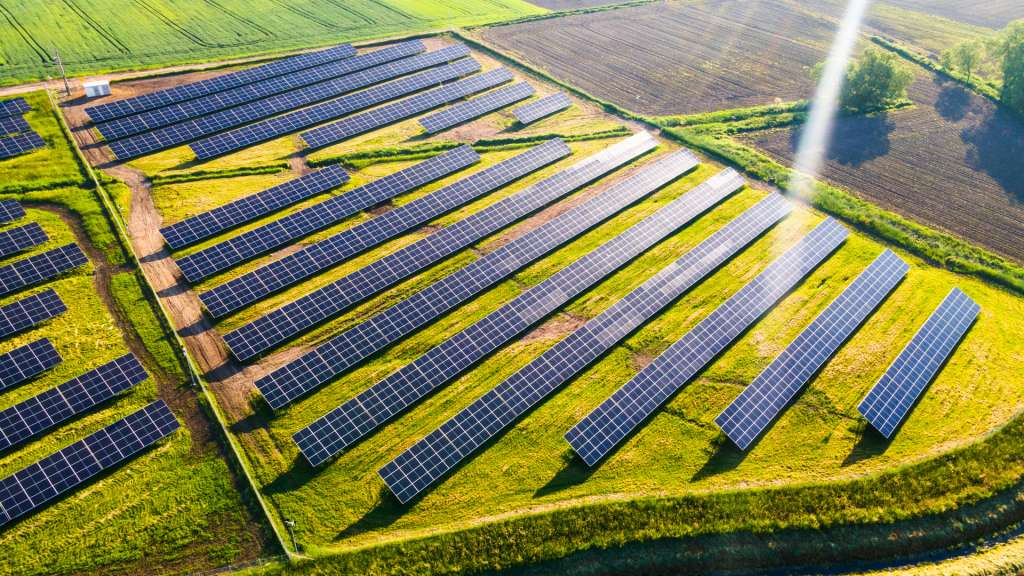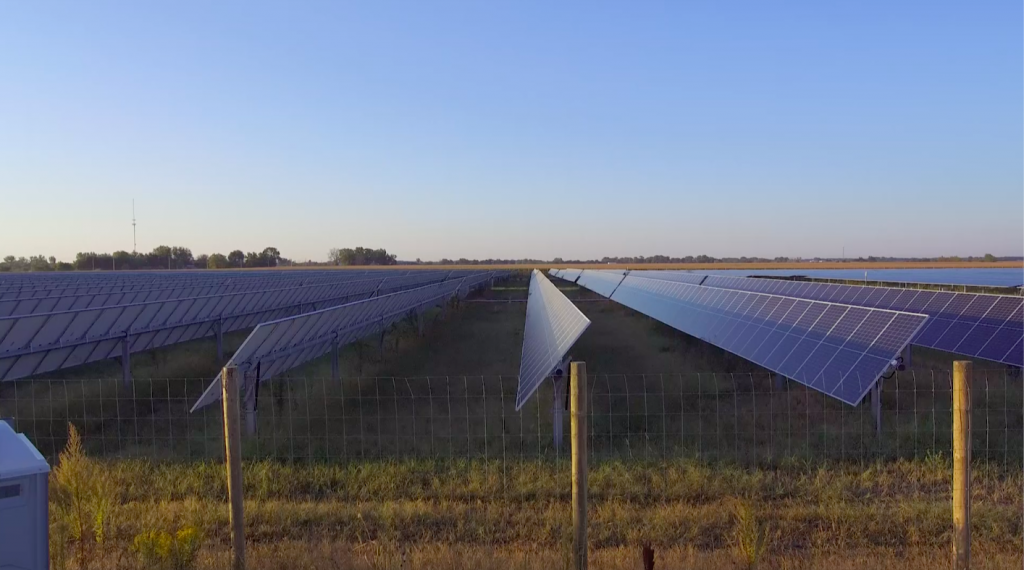You see offers all the time to “reduce your electric bill!” or “support green energy.” Which ones can you trust? Will an alternative energy supplier really save you money? We at Solstice are not an ARES, but we’ll help break down how they work and what you need to know.
Table of Contents
What Is An ARES?
An ARES is an “alternative retail energy supplier.” Illinois residents can select an ARES to provide the supply portion of their monthly electric bill.
If you sign up with an ARES, your current utility will still deliver your power each day and maintain the electric lines and infrastructure needed to power your home. You will pay the delivery portion of your electric bill to the utility to cover these costs. However, your ARES’ name and rate will be listed for your supply charges, which cover the costs of the energy you use in your home.
Alternative energy suppliers exist because Illinois’ electricity market is deregulated to allow for competition. Illinois and many other states have deregulated their energy markets to give customers more choices regarding where their energy comes from and the rate they pay for it. You may consider switching to an ARES, for instance, if you believe it will supply your energy at a lower cost than your utility, or if it offers a “green plan” that promises more renewable energy than the utility typically uses.
Supporting more clean energy in the grid and lowering your rates are both great initiatives to consider, but enrolling with an ARES can be a risky move. The Illinois Citizens’ Utility Board states that Illinois consumers have lost more than $800 million from ARES, and some of these companies have been known for predatory practices targeted at vulnerable populations, such as low-income or elderly communities. We’ll detail what you need to know below.
Beware: ARES Are Not Regulated By Illinois
Public utilities, like ComEd and Ameren, are highly regulated by the government. Utilities like ComEd cannot legally profit from what they charge customers for their electric supply. If they want to increase their rates, they must publicly announce the shift and submit a “rate case” to their Public Utility Commission (PUC). Sometimes, rate change requests are denied because they are found to be unnecessary or excessive.
As private companies, on the other hand, ARES can set their own rates. This means they can give you a discount when you sign up, then raise your rates after a few months. You may not even notice the change until you’ve paid extra out of pocket.
While monopolies can be dangerous, in the case of your electric supply and delivery, the utility is a thoroughly regulated monopoly–and competition may not be your best bet.
Take for example what happened in Texas when freezing cold temperatures rendered thousands of power plants, mainly natural gas plants, inoperable. Millions of Texans were left without power for days or even weeks, and deregulated energy suppliers sent many Texans power bills in the thousands of dollars — all because the suppliers didn’t adequately prepare for a harsh winter storm.
Deregulation is by no means universally negative, but sticking with your utility gives you some added protection from rate hikes. Our best advice is to proceed with caution.
Community Solar Is Not Like an ARES
As a community solar company working in Illinois, we get these questions all the time:
- Is Solstice an ARES?
- What’s the difference between community solar and my ARES’ green plan?
- If I already have an ARES, can I also enroll in community solar?
Answers below:
First, Solstice is not an ARES, nor are any other community solar organizations in Illinois. Community solar works directly through your utility company. You will not see Solstice’s name on the supply portion of your bill, and we will not determine your monthly supply rate. That will still come from your utility. Think of signing up for community solar as a simple way to support more solar in your utility’s energy grid–and in exchange, you’ll earn a modest discount on your monthly bill.

Second, there are a few differences between “green plans” from ARES and community solar. When you enroll in a green plan, it simply means that your money is going toward buying RECs, or renewable energy credits, from a clean energy source. In other words, clean energy is being added somewhere, and your energy supplier is purchasing those credits for you. This is good (more clean energy is a good thing!); the only caveat is you may not have much insight into where the projects are being built. For example, your provider could be buying credits from a project being built in another part of the country. With community solar, you know that your electric bills are going toward a solar project built for your utility’s grid.
Importantly, ARES’ green plans are almost always more expensive than traditional power, while community solar is tied to your utility’s rates with a fixed discount applied. In short, you can pay extra to support renewable energy through your ARES, or you can pay less to support local solar through community solar. A worst-case scenario in signing up for an ARES would be paying much more than you would to your utility. A worst-case scenario in signing up for community solar, such as if the solar farm ceased to operate, would be continuing to pay your utility’s normal rates.
Finally, if you already have an ARES and would like to participate in community solar, you will need to switch from your ARES back to your utility. The reason for this is that the credits you earn from your community solar subscription must be passed from your utility to your account. If you are signed up with an ARES, there is no guarantee that your supplier will pass the credits along; they may keep them instead. To protect our customers from this situation and ensure they’re able to maximize their savings, we ask that they cancel their ARES subscription if they have one in exchange for a guaranteed discount on their solar credits.
Get the Ultimate Get the Ultimate Guide to Community Solar
Avoid Energy Scams and Keep Your Money Safe
It’s natural to be skeptical of any energy company that promises you savings. We hear it all the time, and we encourage everyone we speak with to do their research. Here is some advice from the Illinois Citizens Utility Board on how to avoid bad deals:
- Don’t give anyone a copy of your electric bill or your account number unless you’re ready to sign up with that company. Your information could be used to sign you up unknowingly.
- Compare any company’s rates to your utility’s rates, and find out whether that rate is fixed or variable. A fixed rate will give you more certainty about your savings.
- On that note, ask how long your starting rate will last. Is it locked in for good, or is it just for the first couple of months only to give way to higher rates down the line?
- Make sure to inquire about whether your plan comes with any monthly fees, and avoid these fees at all costs. They can quickly add up to more than you’d normally expect to save.
We wish you the best of luck picking an energy provider that meets your needs and goals. If you’re looking for an option that will reduce your costs and help you support green energy, we’d love to have you aboard one of our community solar projects! See if you’re eligible here.
Like learning about community solar?
Join our monthly newsletter to hear about more renewable energy news and bold climate challenges.




